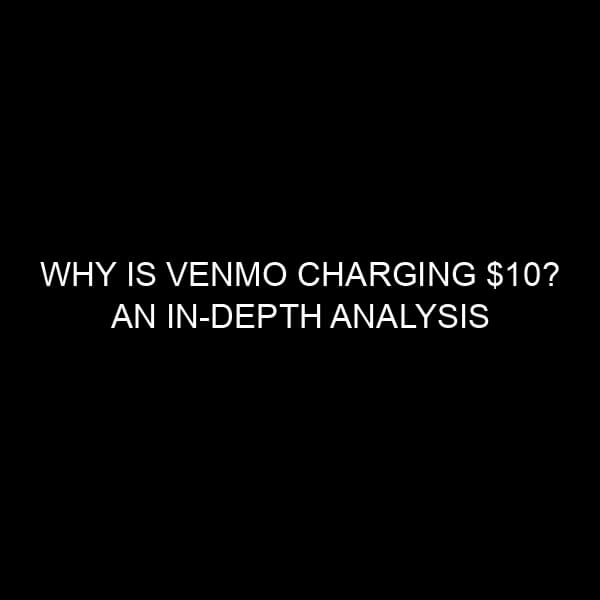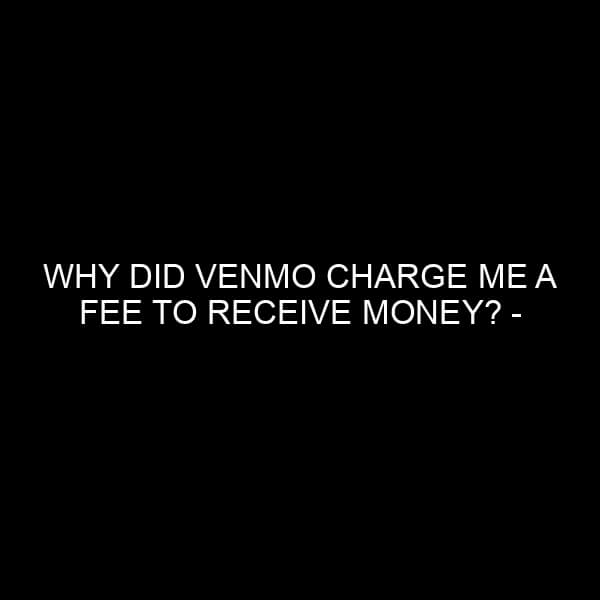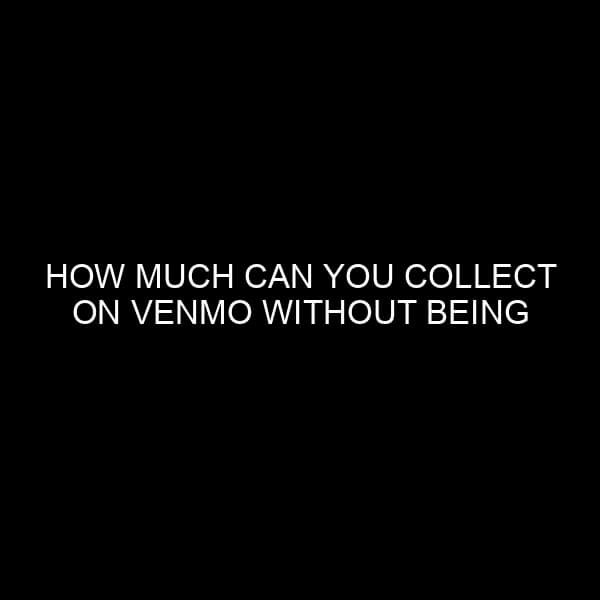Does Chase Bank Not Allow Venmo? An In-depth Look
In the evolving digital landscape, mobile payment apps like Venmo have transformed the way we transfer money and handle our personal finances. From splitting bills with friends to paying contractors, these apps offer unparalleled convenience. But does Chase, one of the giants in the banking industry, restrict its customers from using Venmo? Let’s delve deep into the intricacies of the relationship between Chase Bank and Venmo to discern the facts from myths.
The Rise of Venmo
Before diving into the specifics, it’s crucial to understand the meteoric rise of Venmo. Owned by PayPal, Venmo has rapidly grown in popularity among Millennials and Gen Z due to its user-friendly interface and social media integration. It’s not just a payment platform; it’s become a way of life for many, combining finance and social networking.
The Position of Major Banks
Historically, some financial institutions were wary of third-party financial platforms like Venmo because of potential security risks. The banking industry is grounded on the principles of trust and security. Integrating or even allowing third-party applications to access banking details demands a rigorous risk assessment. In light of this, many would wonder whether Chase, being a stalwart in the banking world, would be hesitant in endorsing a service like Venmo.
Chase Bank and Venmo: The Relationship
Contrary to some beliefs, Chase Bank does not prohibit its customers from linking their accounts to Venmo. In fact, Chase, recognizing the undeniable wave of digital banking and peer-to-peer (P2P) payments, has been fairly progressive in its approach to such platforms. The bank understands that forbidding such popular services could alienate a large segment of its younger clientele.
However, like any financial institution with a keen sense of fiduciary responsibility, Chase emphasizes the importance of ensuring security and privacy while using third-party platforms. Customers are often reminded to use unique and strong passwords and are educated about potential scams and frauds that might exploit P2P platforms.
Chase QuickPay with Zelle: The Bank’s Answer to P2P Platforms
One significant factor in the Chase and Venmo relationship is the bank’s collaboration with Zelle. Chase QuickPay with Zelle is the bank’s own P2P payment system. While Zelle and Venmo have similarities, especially in their core functionality of allowing users to send and receive money, there are marked differences, especially in terms of user base, speed of transfers, and integration with banking systems.
Chase’s endorsement of Zelle does not mean it restricts Venmo. Instead, it gives customers an alternative, one that is deeply integrated into the banking system and might be perceived as more secure by some users.
Safety Concerns and Precautions
Both Chase and Venmo prioritize user security. Venmo, in particular, has enhanced its security protocols over the years. Two-factor authentication, encryption, and account alerts are some of the features that ensure user safety. Nevertheless, it’s essential to practice vigilance. Regardless of whether you’re using Venmo, Zelle, or any other financial app, always:
- Avoid sending money to unknown recipients.
- Regularly monitor your transaction history.
- Update apps to their latest versions to benefit from the newest security patches.
- Use strong, unique passwords.
Conclusion
In summary, Chase Bank does not inhibit its customers from using Venmo. Recognizing the changing financial landscape and the importance of customer choice, Chase allows its account holders the flexibility to use popular third-party platforms like Venmo while simultaneously offering its own P2P solution in the form of Chase QuickPay with Zelle.
For customers, this means greater choice and flexibility. They can choose a platform based on their personal preferences, the nature of the transaction, or the recipient’s preferred platform.
As the world of digital banking and P2P platforms continues to evolve, it’s crucial for banks and third-party platforms to work harmoniously, always prioritizing the safety, convenience, and preferences of the user. And as of now, Chase Bank seems to be striking the right balance.






